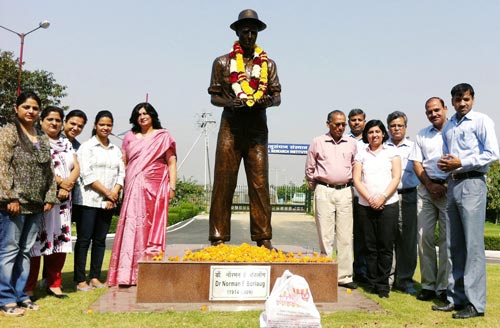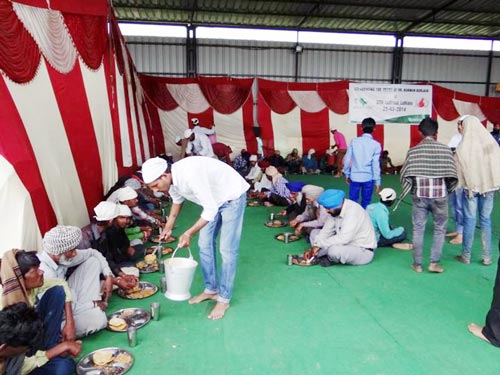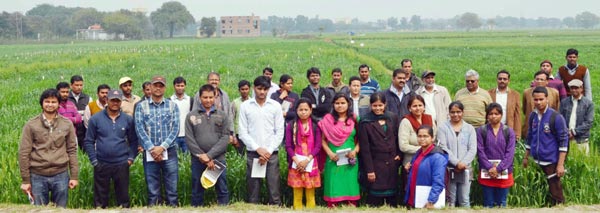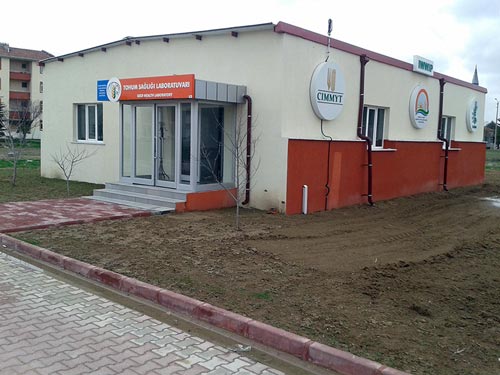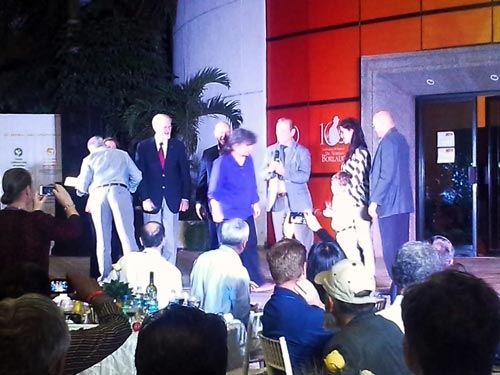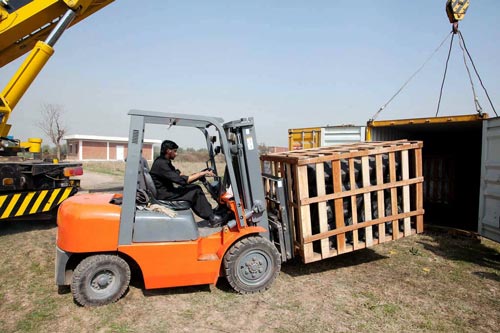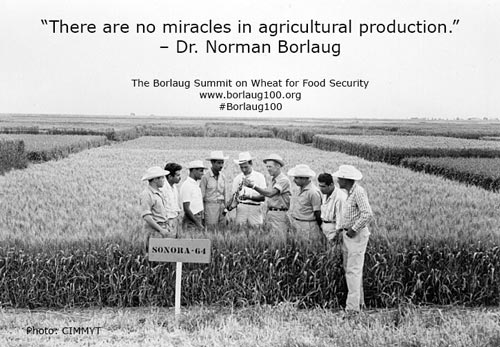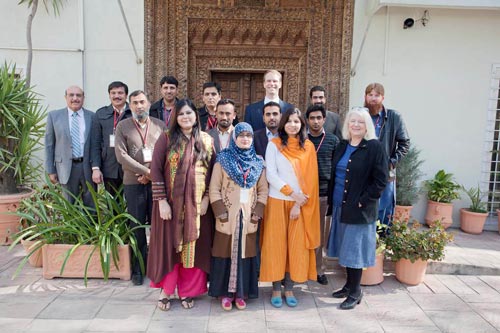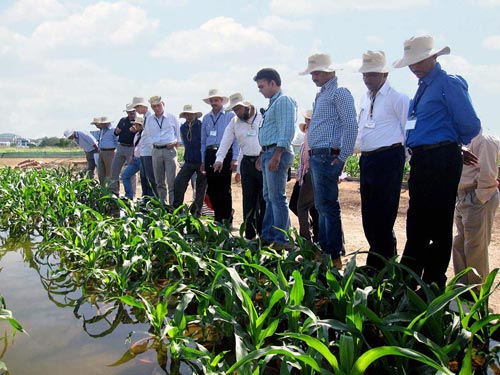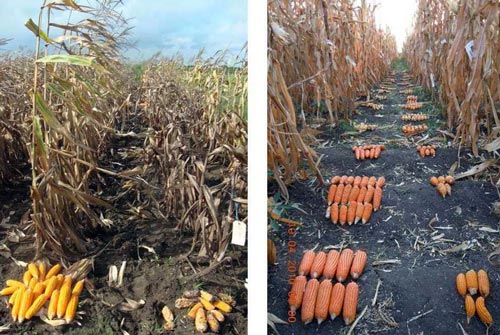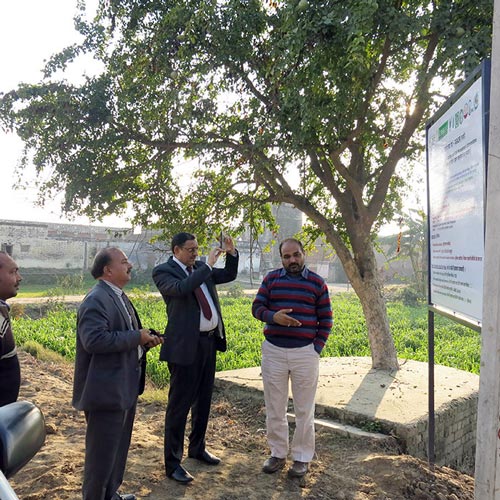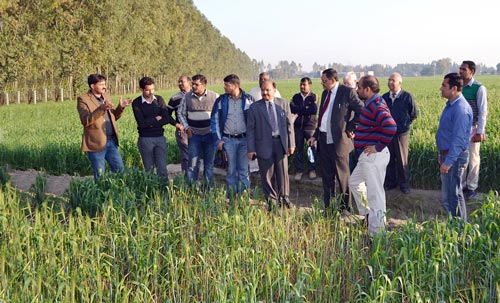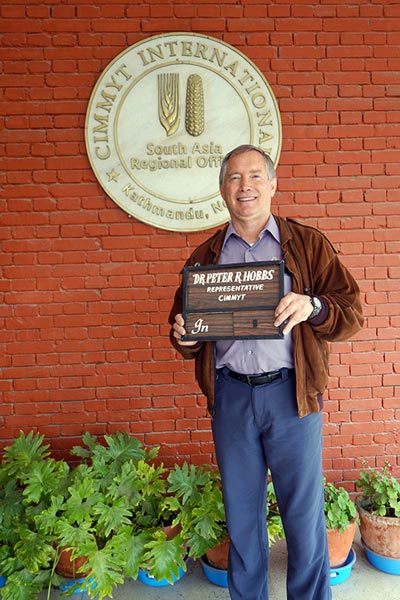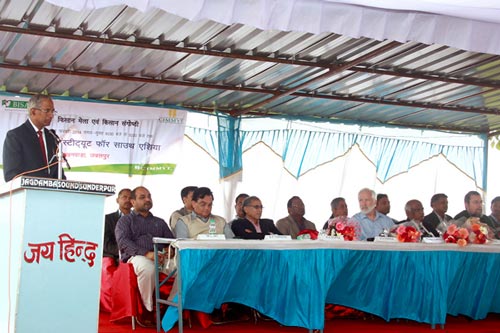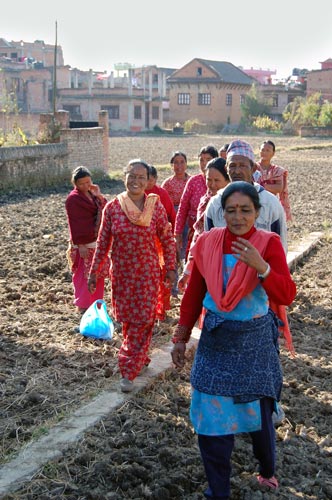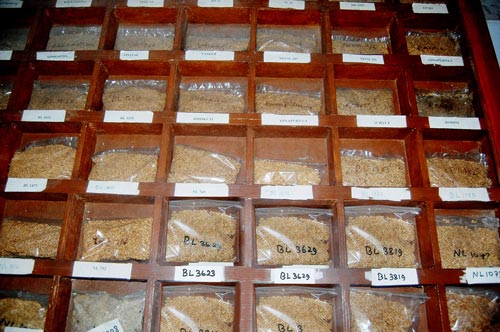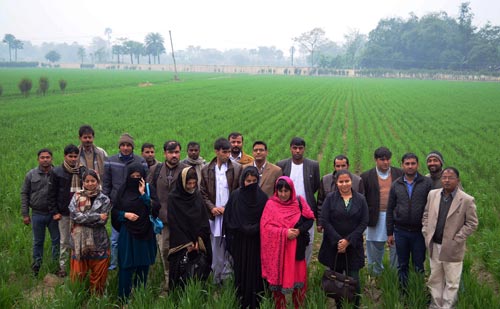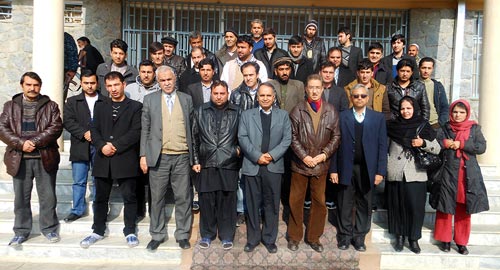Kabul workshop addresses maize constraints
By Rajiv Sharma/CIMMYT
Constraints to raising the productivity of maize in Afghanistan – the country’s fourth most important cereal – were the focus of a workshop in Kabul on 10 March. Afghanistan grows maize on about 142,000 hectares, making it the most important cereal in the country after wheat, barley and rice.
The country produced about 310,000 tons of maize during 2013 with average productivity of 2.2 tons per hectare. Joint efforts by CIMMYT and the Agricultural Research Institute of Afghanistan (ARIA) have led to the release of four open-pollinated varieties (OPVs) during the last few years. Current efforts aim to identify suitable hybrids and more OPVs to enhance and sustain maize productivity.
More than 30 participants from the International Center for Agricultural Research in the Dry Areas (ICARDA), CIMMYT, Kabul University, the World Bank and ARIA research stations in Baghlan, Helmand, Kabul, Kunduz, Jalalabad and Takhar attended the third annual ARIA-CIMMYT maize workshop. The workshop was opened by Mohammad Qasem Obaidi, director of ARIA.
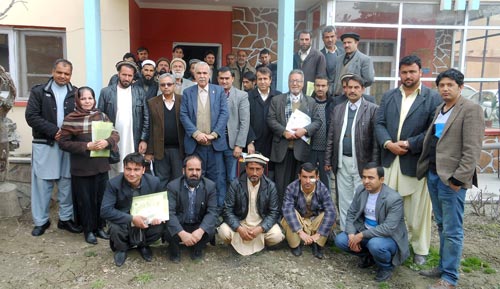
Rajiv Sharma, CIMMYT country liaison officer for Afghanistan, welcomed participants and emphasized conducting experiments precisely to draw valid conclusions across environments. The workshop began with the status of maize production and constraints by Abdul Rahman Manan from ICARDA. Manan indicated huge potential for increasing maize production in eastern and southern Afghanistan.
Discipline-specific presentations from different research stations followed. B.B. Singh, seeds advisor to the Ministry of Agriculture, Irrigation & Livestock’s Agriculture Input Project, supported by the World Bank, advised fine tuning fertilizer recommendations. Finally, ARIA discipline leaders for agronomy, breeding and pathology presented overall results and conclusions for the 2013 crop season.
Mohammad Hashim Azmatyar, head of breeding, identified three new hybrids suitable for release in the country. He said he hoped CIMMYT’s maize program could provide the basic seed from the parental lines of these hybrids and that hybrid seed production training could be organized to assist ARIA researchers and private seed companies. T.S. Pakbin, ARIA technical advisor, congratulated ARIA and for meaningful, collaborative work benefitting maize farmers.
